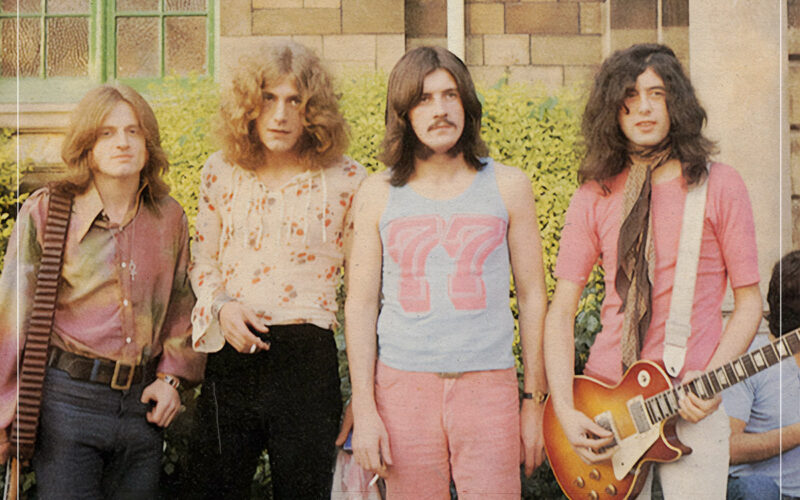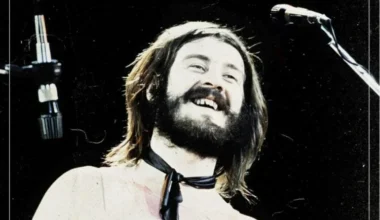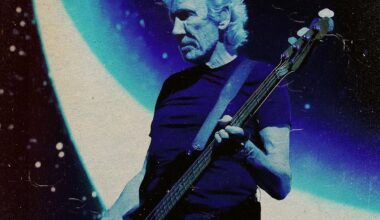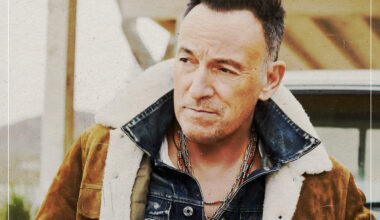Led Zeppelin’s ‘Whole Lotta Love’ is a staggering song. It’s the song that made them a sensation, landing as one of their first singles in 1969 and a track that truly kicked down the doors to the music industry and announced their arrival. The riffs are big, the vocals are incredible, but what is that sound? That odd trippy sound where it feels like everything is spinning in reverse?
That reverse echo section is basically the reason why Jimmy Page started the band. After serving his time as a session musician and in The Yardbirds, the reason he cast off that old band name and started something new was to be more experimental. He wanted to push beyond anything he’d done before, especially when it came to new and weird techniques in the studio.
That’s also why Page chose to fund the making of their debut. He didn’t want any record label input trying to limit his adventuring, so he footed the bill and allowed the band as much time as they needed to experiment with new ideas.
There are a lot of technically interesting decisions in the song. Born first from the band jamming their other track ‘Dazed and Confused’, ‘Whole Lotta Love’ was really just Page testing things out. Another thing that came from that is the way the whole song sounds like it’s being played on two guitars at once. He stumbled on his ability to make that sound by playing two guitar strings in unison, but bending one of them to change the pitch a bit, so they’re harmonising and somehow splitting up. On bass, John Paul Jones is doing the same trick, giving it the full feel.
But it’s the reverse echo that’s the true start of the show, and a move so impressive that Page thought he’d perhaps invented something totally new.
So, how does it work?
The thing is, nothing is actually really being reversed. Instead, it’s a trick about how the echo is deployed on the tape that Page stumbled across in 1967 with The Yardbirds. “During one session [with The Yardbirds], we were recording ‘Ten Little Indians’, which was an extremely silly song that featured a truly awful brass arrangement. In fact, the whole track sounded terrible. In a desperate attempt to salvage it, I hit upon an idea,” he told Guitar World.
“I said, ‘Look, turn the tape over and employ the echo for the brass on a spare track. Then turn it back over and we’ll get the echo preceding the signal’. The result was very interesting—it made the track sound like it was going backwards,” he explained. To technically minded people with studio experience, that might make sense. To others, it might not, but the result is still strikingly cool.
Was Jimmy Page the first to do the reverse echo?
In Page’s mind, the answer here is yes. He claimed to have discovered this trick as if he’s a scientist and his lab was Olympic Studios in London. He was certainly the artist who went on to use it most, doing it first in ‘Ten Little Indians’, on ‘Whole Lotta Love’ and then coming back around to it throughout the Led Zeppelin discography.
However, someone else might have got there first. Some argue that the effect is actually heard at the end of the 1966 single ‘That’s the Way It’s Gonna Be’ by Lee Mallory, and that the producer on that track, Curt Boettcher, might deserve the credit instead.






